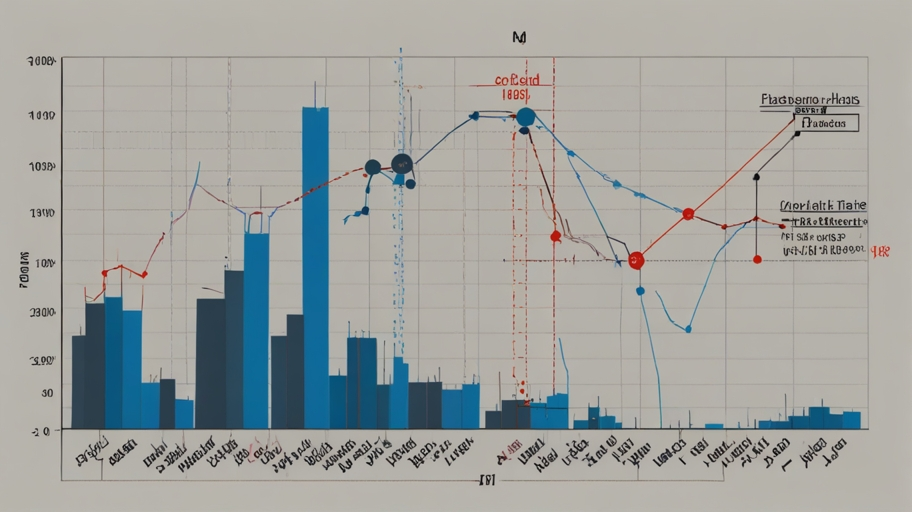Introduction:
When studying enzyme activity in biology, one often encounters the concept of why toothpicks graph plates. Scientists track enzyme-substrate interactions through the specialized visual method they have developed, evaluating why platos is a primary component in this specific research data visualization. This article will explore the Toothpickase Graph Why It Platos, the science behind it, and how pH changes influence enzyme structure.
The Toothpickase Graph and Enzyme Activity:4
The toothpickase graph explains why it is typically used to represent the activity of an enzyme, particularly in how it catalyzes a reaction over time. When a substrate experiences enzymatic breakdown, enzymes similarly break down specific biological molecules. The x-axis of the toothpickase graph why it platos often represents time or concentration of the substrate, while the y-axis shows the reaction rate.
Enzymatic activity functions at its highest rate within specific environmental conditions involving temperature and pH definitions. Most data displays a leveled section indicating where the graph reaches its plateau. This phenomenon is called the toothpicks graph, which is why it plates. It occurs when the enzyme reaches its maximum activity, known as the saturation point.
A complete explanation of “Why It Platos” in graph interpretation.
The term why it platos refers to the flattening of the curve on a toothpickase graph why it platos. The enzyme efficiency decreases at initial faster reaction rates, leading to a plateau stage on the graph representing decreased sugar breakdown capability. This is the plateau. But why does this happen? The complete operational capacity of the enzyme becomes essential to understand such phenomena. Dual usage of enzyme active site positions by existing substrate units eliminates further efficiency gains through substrate addition.
The Role of pH in Enzyme Activity:
One variable that impacts the results presented in toothpick graphs is pH variation. Enzymes’ structural stability is limited to specific pH zones because pH deviations affect their enzymatic morphology. Significant changes in the toothpick graph analysis surface whenever the solution pH approaches the enzyme’s primary operation zone.
Enzymes, including those that might be represented on a toothpickase graph why it platos, have an optimal pH at which they function best. Enzymes exhibit weak performance regarding substrate binding and reaction catalysis when solution pH diverges substantially from their optimal ranges. Changes in pH lead to modifications in enzyme amino acid electric charge states, thus producing both structural deformation and functional disruptions. Why does it display its most profound functional transparency at this pH point? Enzyme activity demonstrates reduced effectiveness and complete cessation when major pH modifications occur.
Enzyme Structure and pH Changes:
A protein’s functional characteristics depend entirely on how its molecules are organized. The toothpickase graph showcases enzyme behavior responses to changes in environmental conditions. The enzyme activity progresses as substrate concentration increases, but saturation levels ensure that the plate effect occurs. The modifications happen simultaneously as pH produces an impact on this situation. When pH values move beyond acceptable ranges, the structural arrangement of an enzyme becomes impaired, causing reduced substrate attachment capability.
As we plot the data on a toothpickase graph why it platos, the drastic change in pH can cause the enzyme’s structure to change so much that it no longer works effectively. The enzyme structure modification from denaturing leads to lower activity measurements that display either a sudden drop or persistent lower than baseline points. Enzymes remain particularly reactive to environmental changes, yet pH modifications are their highest sensitivity point.
The Effect of Temperature on the Toothpickase Graph:
Our current exploration shows how pH controls enzyme reactions, but temperature acts simultaneously to influence enzyme work output. The movement of temperature changes the position of toothpick graph observations. Enzymes’ catalytic response grows as temperatures rise before reaching its peak rate. High-temperature exposure leads to enzyme denaturation in a comparable manner to which pH values near the extreme cause damage.
Real-Life Examples of Toothpickase Activity:
Real-world observation of enzyme operations helps us understand plastic and how plants impact enzyme function. The toothpick graph shows why plants can be used to model many biological processes, such as digestion and metabolism. Your body uses digestive enzymes as biological tools to break down food molecules into small substances from which it can extract nutrients. Researchers perform wet lab reactions to create toothpick graphs that measure rate values.
The Importance of the Toothpickase Graph in Science:
The toothpick graph shows why plates are invaluable for understanding enzyme kinetics. Scientists who plot data can assess enzyme operational behavior by tracking its activity changes in different conditions. The way it platos feature of the Toothpickase graph allows scientists to view enzyme saturation directly and, therefore, understand when increased environmental modifications beyond substrate concentration or pH adjustment will not enhance reaction velocity.
Conclusion:
The toothpicks graph is a vital instrument for tracking enzyme operational adaptations in response to modifications in pH conditions and substrate content levels. The plateau, or toothpicks graph why it platos, represents the enzyme’s maximum activity level, beyond which further increases in substrate concentration or environmental changes do not lead to a higher reaction rate.
Spatial structural deformations caused by significant pH changes diminish the operational effectiveness of enzymes, thus changing the format of the toothpick’s recorded data. Research fields alongside biological medicine development gain advantages through scientific assessments that process these graphs to determine enzyme behavior levels.
By understanding the toothpick’s graph and why it platos, we gain valuable insights into the delicate balance that governs enzyme function and how subtle environmental changes can drastically impact biological systems. Healthcare and biotechnology sectors rely heavily on enzyme monitoring because their activity functions as a critical management mechanism for treatment and disease processes.

